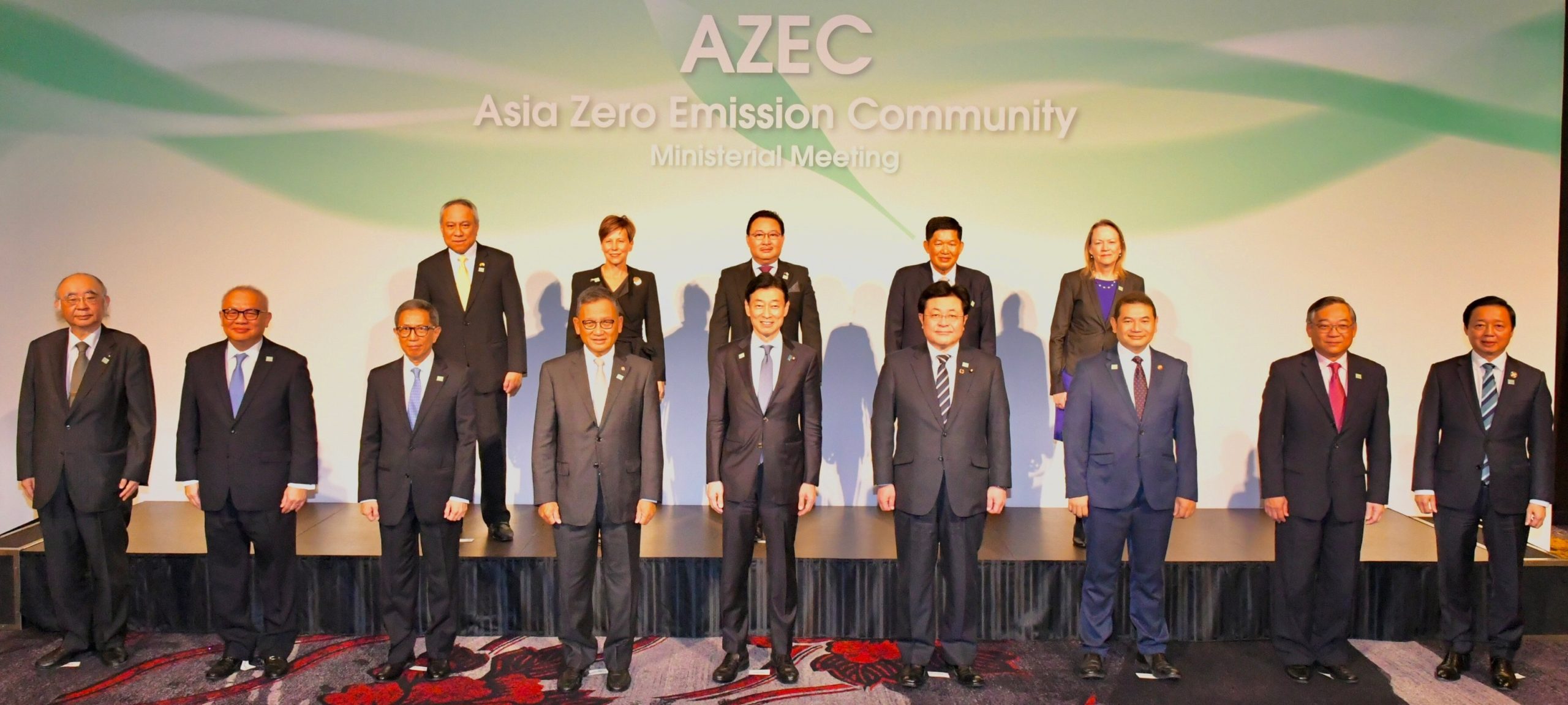In a collective effort to accelerate the transition to clean energy and meet the targets outlined in the Paris climate accord, Japan and ten other countries in the Asia-Pacific region joined together earlier this year to form the Asia Zero Emission Community (AZEC).
Renewable energy potential in Asia is often perceived as limited due to weak wind resources, a shortage of underutilized flat land near populated areas, and extended rainy seasons that hinder solar power generation. The region’s complex geography, including numerous islands, coupled with underdeveloped transmission lines, also complicates building new energy infrastructure.
Moreover, the region’s relatively young fleet of coal-fired power plants is expected to continue playing a significant role in energy generation for the foreseeable future. AZEC intends to find a solution to such problems.
Taking the lead in this alliance, Japan has not only pledged financial support but also promised technological assistance to the Association of Southeast Asian Nations (ASEAN) countries. During the Sapporo meeting on climate, energy, and environment and the G7 summit, Japan emphasized the importance of investing in natural gas / LNG, hydrogen, and ammonia. While this approach finds supporters within Asian countries, other G7 members hold a more cautious stance.
AZEC’s inaugural ministerial meeting on March 4 saw participating countries make pledges to collaborate on reducing CO2 emissions and promote decarbonization by developing renewable energy, hydrogen, ammonia, carbon capture, and battery storage. Several industry groups and state-owned energy firms inked about 30 agreements for decarbonization projects.

